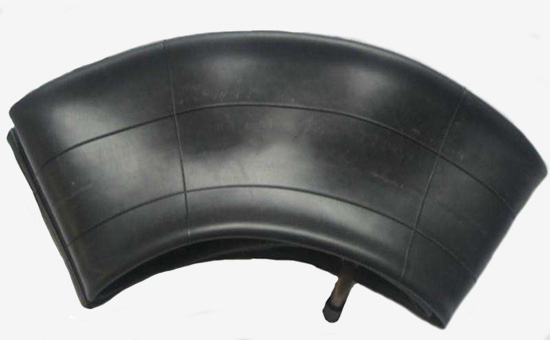
The use of butyl rubber in natural rubber can improve the natural rubber tightness, heat resistance and chemical stability. The use of butyl rubber in natural rubber inner tube is a typical application; the use of natural rubber in butyl rubber products can improve Product mechanical strength, low temperature elasticity, etc., such as a tubeless tire inner liner. In the actual production process, when butyl rubber is used together with high-unsaturation natural rubber, the vulcanization rate and vulcanization effect are difficult to reach the standard. How to solve this problem?
Compared with natural rubber, butyl rubber vulcanization rate is about 3 times slower, and higher vulcanization speed requires higher temperature. However, the natural rubber itself has poor heat resistance. If the vulcanization temperature is too high, it will easily lead to vulcanization and anti-origination. The cracking of the molecular chain and the breaking of the cross-linking bond directly lead to the decline of the physical and mechanical properties of the rubber compound. On the other hand, natural The oxygen activity in the gel increases with the increase of the vulcanization temperature, causing strong oxidation, the internal structure of the natural rubber is broken, and the mechanical properties of the vulcanizate are significantly reduced.
For example, the natural rubber and butyl rubber are blended in a ratio of 1:1, and the natural rubber/butyl rubber vulcanizate obtained after vulcanization at 160 ° C for 15 minutes has low mechanical strength, high hardness, and various vulcanizates. The index is usually difficult to meet the demand for rubber products; after the vulcanization temperature is appropriately lowered, the time required for the vulcanized rubber to be fully vulcanized will affect the vulcanization efficiency, and the rubber may be partially scorched or partially sulphur-poor, and the rubber product manufacturer may wish to The vulcanization is carried out by selecting the masterbatch.
The masterbatch is a compound obtained by mixing a part of the compounding agent in the rubber product formulation with the rubber, and then using the rubber compound as a base rubber for the rubber compound.
When natural rubber and butyl rubber are used together to produce rubber products, rubber products manufacturers can first make butyl rubber and natural rubber into masterbatch, and react at a temperature of about 135-140 ° C for about 20-25 minutes, butyl rubber. After reacting with the cross-linking agent in a semi-coke state, and then mixing with the natural rubber masterbatch, the physical and mechanical properties of the vulcanized rubber are significantly improved.
The use of butyl rubber in natural rubber can improve the airtightness, heat resistance and chemical stability of rubber products. However, if the vulcanization is improper, the physical and mechanical strength of the natural rubber/butyl rubber will be significantly reduced. The manufacturer must rationally design the natural rubber/butyl rubber and use the rubber vulcanization system to adjust the vulcanization speed and vulcanization effect of the rubber through the cooperation of the rubber accelerator. The natural rubber and the butyl rubber can be used together as a masterbatch, which can be greatly improved. Natural rubber / butyl rubber vulcanized rubber comprehensive indicators.
Exclusive original article [commercial authorization] reprint, excerpt and excerpt in any form are prohibited without written authorization. Focus on Hongyun rubber: learn the process formula and raw material technology of producing rubber products from recycled rubber to help you reduce costs and increase profits